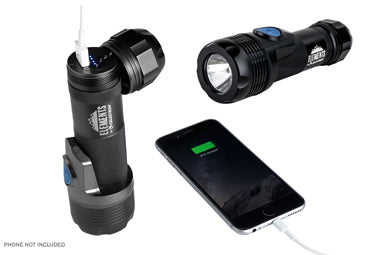Astronomical Community Observes the Historic Transit of Venus 2012
June 10, 2012
What an amazing two weeks it has been for astronomy, especially if you have been keen on watching the latest celestial happenings in the sky! First there was a spectacular annular eclipse of the Sun on May 20/21, 2012, followed by a partial eclipse of the Moon on June 4/5, 2012 and finally, the grand finale, the transit of Venus which occurred on June 5/6, 2012. The transit event was so rare that it will most likely never be seen again by anyone currently living here on Earth. Transits of Venus usually occur in pairs – spaced roughly eight years apart and seen approximately twice per century. The first transit of the 21st century occurred back in 2004, although it was not visible from Los Angeles. Fortunately, the 2012 transit of Venus was. Only six transits of Venus have been observed since the telescope was invented more than 400 years ago, and mankind will have to wait 105 years until the year 2117 for the next transit of Venus to be visible once again.
Mike Simmons, president and CEO of Astronomers Without Borders, a California based non-profit organization which brings people together from diverse cultures around the world through a common interest of sharing the sky, invited Celestron, along with the media, local astronomer club leaders, astronomy historians and notable VIP guests for a special 2012 transit of Venus viewing party. The venue was the historic Mount Wilson Observatory, located in the San Gabriel Mountains northeast of Los Angeles. Founded in 1904 by George Ellery Hale, Mount Wilson Observatory once laid claim for having the largest operational telescope in the world until 1948 – the 100-inch Hooker telescope. Famous American Astronomer, Edwin P. Hubble, used the Hooker telescope to discover that faint nebulae were actually spiral galaxies (island universes) outside of our own Milky Way galaxy.
Under clear skies high above the LA Basin and right on schedule, Venus touched the solar limb and for the next five hours (as seen from LA), slowly crossed the face of the Sun for the very last time of the 21st century. We brought along our CPC 800 GPS (XLT) and NexStar 6SE with white light solar filters to visually observe and image this historic occasion with our DSLR cameras. We also brought along our ultra-portable Solar Observer 70 which provided clear and stunning transit views from such a lightweight, grab-and-go package. It was quite a sight to see all the telescopes on the observing field, ranging from vintage classics to modern day computerized and H-Alpha telescopes all pointed toward our nearest star! Excitement filled the air as everyone gazed skyward to witness a part of history.
Throughout the day, Astronomers Without Borders streamed the transit of Venus viewing party live to a worldwide audience from the observatory’s grounds. Mike and his co-host, Ian O’Neill, could be seen interviewing everyone on hand, including members of the Celestron team to share their thoughts. In one rather unique interview, a gentleman even played his "Airmonica" musical device that sounded really "out of this world" and drew much applause from the audience. Nine video segments were made and can be viewed here: http://www.astronomerswithoutborders.org/projects/transit-of-venus/live-webcast.html
As the Sun moved closer to the mountain tops, everyone trained their telescopes towards the setting Sun to have one last opportunity to glimpse the small black disk of Venus superimposed on the solar disk. In one final hurrah moment, a commercial airliner was seen transiting the Sun as if to offer a final salute to this remarkable celestial event. Yes, the moment was bittersweet as we all watched and said "good bye" knowing we will never see another transit of Venus ever again in our lifetime. However, after it sunk in a bit, we realized how fortunate we all were just to be alive on that particular day to witness a part of history. Celestron would like to thank Mike Simmons and his Astronomers Without Borders organization for inviting Celestron to join the special viewing party at the famous Mount Wilson Observatory. We look forward to teaming up with you again at a future astronomical event, but surely it won't be 105 years!
To see photos from this event, please view our 'Transit of Venus at Mt. Wilson Observatory' photo album on Flickr Photos:
http://www.flickr.com/photos/celestron-blog/sets/72157630005538595/
Or on Facebook:
https://www.facebook.com/#!/media/set/?set=a.460871857258906.109073.210946172251477&type=1






























